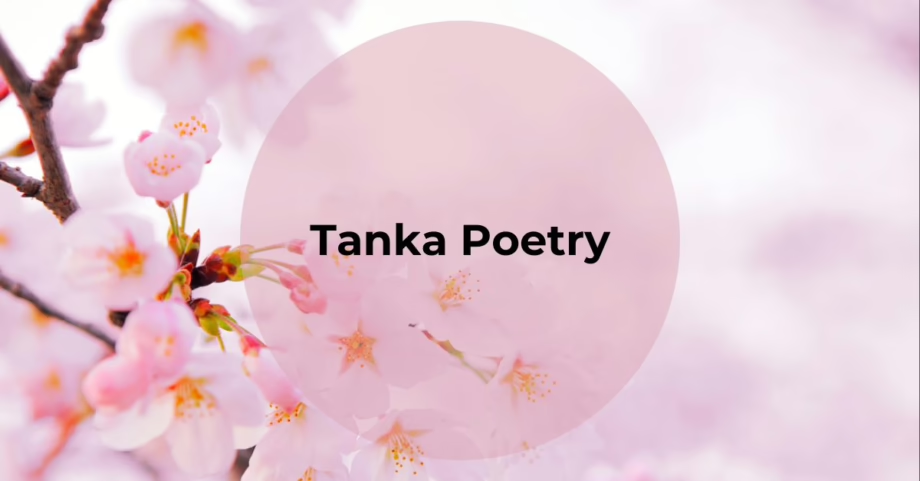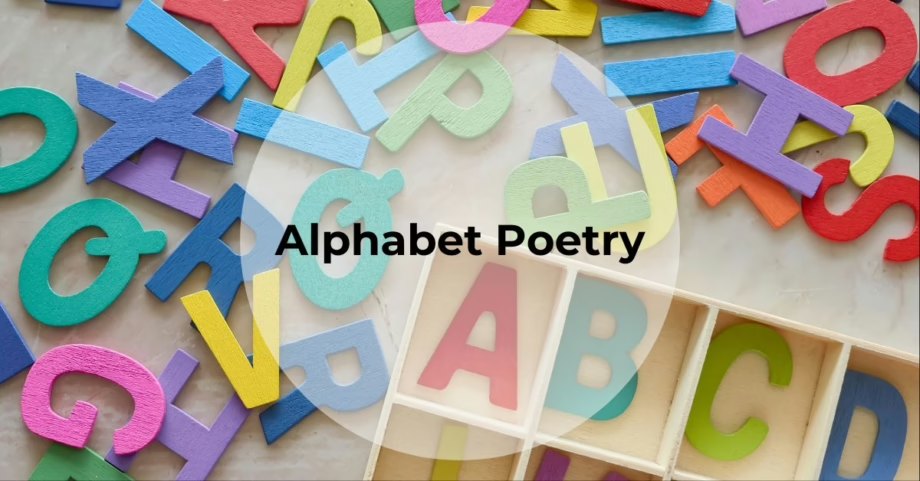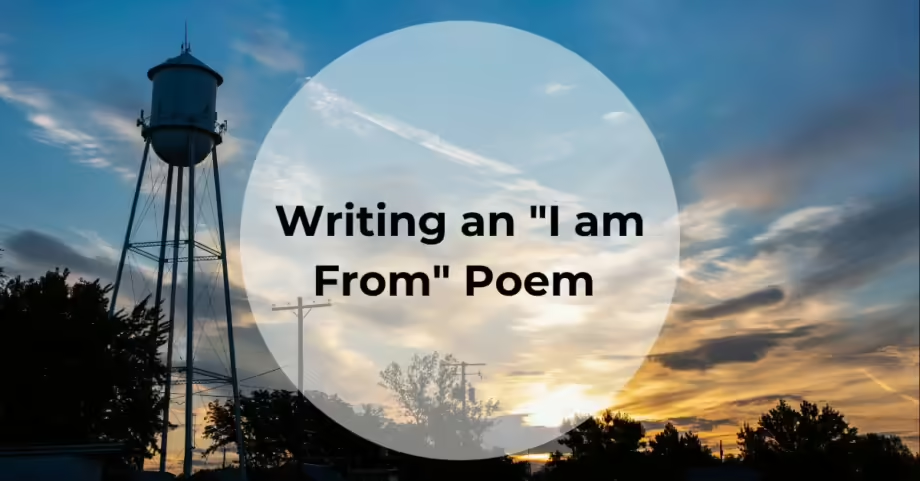Haiku is a traditional form of Japanese poetry that distills an experience, emotion, or observation into just a few words. Its simplicity belies its depth, making it a wonderful starting point for those new to poetry.
Whether you’re capturing a moment in nature or a fleeting feeling, this guide will help you craft a haiku that resonates.
What is a Haiku?
A haiku is a three-line poem with a specific syllable pattern: five syllables in the first line, seven in the second, and five in the third (5-7-5). Originating in Japan, haiku traditionally focuses on nature, seasons, or human emotions. Its brevity requires careful word choice, creating a vivid snapshot in the reader’s mind.
Haiku Structure
The structure of a haiku is its most defining feature. While the 5-7-5 syllable pattern is common, modern haikus sometimes break these rules to prioritize meaning and impact over strict adherence to form.
Traditional haikus also incorporate:
- Kigo (Season Words): Words that reference a season, grounding the poem in a specific time.
- Kireji (Cutting Words): A word or phrase that creates a pause or adds emphasis.
How to Write a Haiku
1. Choose a Theme or Subject: Traditional haikus often focus on nature or seasons, but you can write about any topic—emotions, daily life, or even abstract concepts.
2. Outline the 5-7-5 Structure: Begin by drafting the poem in the standard format. Focus on expressing a single moment or observation.
3. Use Sensory Language: Incorporate descriptions that appeal to sight, sound, touch, taste, and smell. This will make your haiku more vivid and engaging.
4. Include a Seasonal or Cutting Word (Optional): If you’re inspired by traditional haikus, add a seasonal reference or a cutting word to create emphasis.
Characteristics of a Good Haiku
To craft a compelling haiku, focus on:
- Imagery: Use vivid descriptions that appeal to the senses. Instead of saying “tree,” describe the texture, sound, or motion of its leaves. Learn more about imagery here.
- Contrast or Juxtaposition: Present two contrasting ideas, allowing the reader to form connections.
- Minimalism: Keep language simple and direct. Every word should add value and deepen the poem’s meaning. Read about minimalist poetry for more details.
Haiku Mistakes to Avoid
- Overly Complicated Language: A haiku should be accessible and transparent. Avoid convoluted phrases or obscure vocabulary.
- Ignoring Traditional Elements: Even if you opt for a non-traditional format, incorporating aspects like a kigo or juxtaposition adds layers to your haiku.
- Focusing on Form Over Meaning: The 5-7-5 format is a guideline, not a rule. Don’t sacrifice meaning for the sake of syllable count.
Examples of Haiku Poems
Below you’ll find some examples of haiku poetry. You’ll notice that some follow the strict 5-7-5 format, while others do not.
Haiku [for you], by Sonia Sanchez
love between us is
speech and breath. loving you is
a long river running.
[Grasses wilt:] by Yamaguchi Seishi
Grasses wilt:
the braking locomotive
grinds to a halt.
[Everything I touch] by Kobayashi Issa
Everything I touch
with tenderness, alas,
pricks like a bramble
Tips for Revising and Refining Your Haiku
- Read Aloud: Pay attention to rhythm and flow. Each line should lead smoothly into the next.
- Experiment with Word Choice: Swap out words to find the perfect balance between meaning and syllable count.
- Seek Feedback: Share your haiku with others. Fresh perspectives can highlight areas for improvement.
Haiku FAQs
How many syllables are in haikus?
A traditional haiku has a total of 17 syllables, arranged in three lines following a 5-7-5 pattern.
What is the difference between a haiku and a senryū?
While both haiku and senryū share the same structure, haikus focus on nature and seasonal themes, whereas senryū highlight human nature, emotions, or satire.
Does a haiku rhyme?
No, haikus typically do not rhyme. Their impact comes from imagery and the contrast between lines rather than rhyme schemes.
Ready to Give Haiku Poetry a Try?
Haikus are an incredibly accessible form of poetry. Whether you want to try something new, or get back to basics, you can trust that writing a few haikus will help you get there.
Reach out to us on social media if you try writing a haiku. As a reminder, From Whispers to Roars also accepts poetry submissions (haikus included) when submissions are open!
Fiction Book Sales Statistics (2025): A Writer’s Guide
Understanding the data behind fiction book sales isn’t just interesting trivia—it can shape how you…
Tanka Poetry: History, Structure, and How to Write Your Own
Tanka poetry is a traditional Japanese poetic form known for its brevity, emotional depth, and…
Alphabet Poetry: How to Craft Engaging Poems From A to Z
Alphabet poetry, sometimes called abecedarian poetry, is a fun form of creative writing that uses…
The Climax: Volume 6, Issue 4
I didn’t know what to expect when I started this magazine in 2018. A few…
I am From Poems & How to Write One
Poets often reflect on the places they came from. An origin poem, of sorts. Made…
Concrete Poetry: Where Writing & Art Merge
Writers always look for ways to push boundaries, combining forms and experimenting with genres. Concrete…







